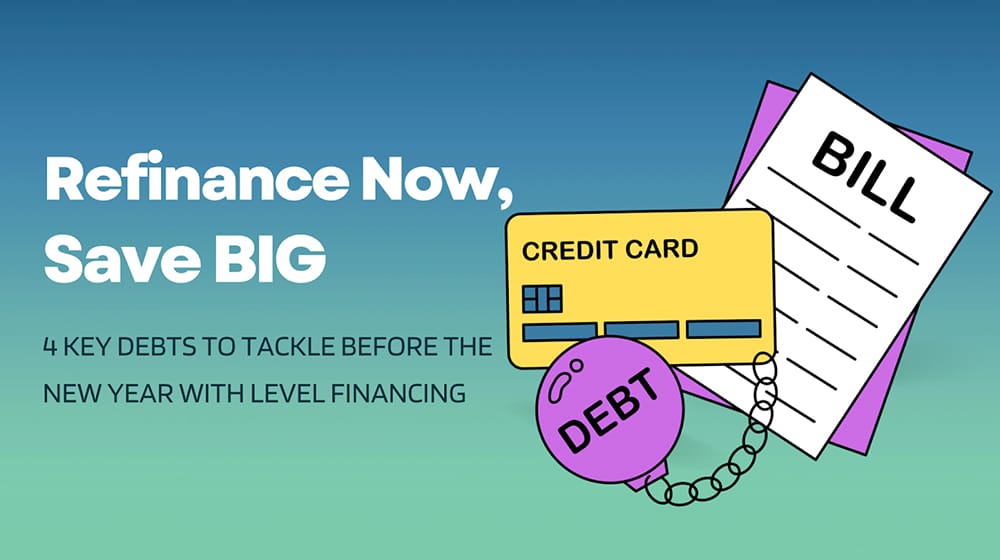Nowadays, investing is no longer an activity reserved mostly for MBAs and Wall Street brokers. Tools like online banking, trading apps, and cryptocurrency wallets have made it easy for everybody to invest their money in various financial assets. The same can be said for aspiring real estate investors, who can now use the web to explore countless properties for sale around the world without leaving the comfort of their homes.
Research by the management consulting company Gallup has found that 58% of Americans claimed to own stock as of 2022. At 63%, real estate remains Americans’ most favorite investment, based on figures provided by the Census Bureau. As for cryptocurrency, the latest entry in the investment arena, 16% of Americans reported having traded them at least once, according to a survey by the Pew Research Center.
Yet can investing be a full-time job? Is it possible for those outside the top 5% to make a living just by buying stocks or investments? This article will explore all the facts you need to know to answer this question.
Feasibility of Investing Full Time
Investing full-time means that your goal is not just to increase your overall net worth or boost your savings. You also must make sure that your investments generate enough inbound cash flow to pay for your living expenses (on top of what you need to reinvest in the market).
For this to be possible, you will need:
- a start-up capital
- borrowed money (if you don’t have enough cash)
- investing knowledge and skills (which can be learned)
- emergency savings for periods of low returns or losses
- a plan B if things don’t go as planned
Let’s analyze each of these factors in greater detail.

Start-Up Capital
Based on information published by Forbes, investors who keep their money in the S&P 500 index for several years gain an average annualized return of around 10%.
Considering that the average personal income in the US in 2021 was around $63,000 (source: World Population Review), you would have to invest $630,000 in the stock market to earn what the average American earns in general. If your investing skills allow you to generate an above-average return of 15%, you would still need $400,000 just as start-up capital.
So, what if you don’t have that kind of cash?
Start as a Part-Time Investor
One option is to use whatever sum you have available (plus what you save each year from your other income sources) to start investing part-time. If you make the right investment decisions, you can accumulate and reinvest enough money over the years to turn into a full-time investor in the future.
Let’s say you have only $100,000 available right now, and you decide to invest it in the stock market. By playing your cards right, your return could amount to $15,000 (15%) at the end of the year. Add another $10,000 that you can save in one year from your primary income, and you will have $125,000 to invest for the next year. Moreover, the longer you invest, the more your stock market knowledge and investing skills increase, which can help you generate even higher returns.
After a certain number of years, and thanks to a multiplying effect, you will be able to earn enough from the stock market (or other investments) to quit your regular job and work as a full-time investor. Of course, this also involves some sacrifices. Most of the money you save each year must go straight to your investment account, meaning you would have to wait longer to buy a new car or take a holiday abroad.
What About Borrowing Money?
Sometimes, the money is not enough to start investing, even as a part-time activity. Unless you have some wealthy relative who is willing to support your aspirations, you will have to take out some kind of loan. However, investing borrowed money (also known as using leverage) is a double-edged sword.
Let’s assume you have just borrowed $50,000 at an 8% APR (which includes both interest and fees) and invested it in the stock exchange. After one year, one of four scenarios can unfold.
- The yearly return on your stock market portfolio is higher than 8%. Your gains are enough for you to cover borrowing costs and reinvest an additional sum in the stock market.
- Your yearly return is exactly 8%, meaning everything you earned will be used to pay interest and fees to your lender. Your net earnings amount to zero.
- Your yearly return is lower than 8%. In this scenario, your stock market gains are not enough to cover your borrowing costs. You will have to resort to other forms of income (or to your savings) to pay back part of the interest and fees you owe to your lender to avoid missing payment deadlines.
- Your return is negative. Not only will you have to cover the entire yearly borrowing cost with alternative sources, but your portfolio is now worth less than the initial $50,000 you borrowed, which can put even bigger stress on your finances.
As you can see, borrowing money for investment purposes can generate both opportunities and risks. It’s therefore strongly advised to learn investing basics and assess investments thoroughly if you choose to pursue this path.
There are different ways to borrow money for investment purposes.
Margin Trading
It refers to the practice of borrowing money from your stock broker to buy stocks.
For example, if you plan to buy 50 stocks of Company X (which currently trades at $20 per share) but only have $500 at your disposal, your can use your money to buy 25 shares, and you can buy the other 25 shares by borrowing $500 from your broker (at an interest rate of, say, 10%). You now have 50 shares with a total value of $1,000.
Let’s say that the value of Company X increases to $30 per share after one year. Your 50 shares are now worth $1,500. After returning the $500 you borrowed to your broker plus $50 in interest, you now have $950 after investing only $500 of your own money. That’s a 90% return on your initial investment!
However, as we pointed out earlier, leverage is a double-edged blade. If, say, the value of Company X drops to $10 per share after one year, your 50 shares will be worth only $500. Therefore, you will be left with nothing after paying the principal back to your broker, and you will have to resort to external resources to cover the interest.
Using Traditional Borrowing Instruments
Many investing beginners ask themselves if it’s possible to use credit cards or personal loans to borrow money for investment purposes.
The US Securities and Exchange Commission has labeled the use of credit cards for investment a “risky combination”. Not only it claims that most reputable credit card providers prohibit the use of these instruments to fund an investment account but also warns against the possibility of fraud, higher interest, and additional fees.
As for personal loans, they could be a good option to obtain the necessary start-up sum when you don’t have enough cash available. This alternative can be particularly attractive if:
- Your lender is willing to charge a low-interest rate thanks to your good credit score and debt-to-income ratio
- The loan doesn’t include very high fees
- You are very confident about your investment decisions
- You can repay your loan over a long period, thus giving you enough time to generate significant returns on your investments
Level Lending offers personal loans between $5,000 and $55,000 for any type of expense, including investments. Take our free quiz or call us at 888-922-4015. Our financial advisors will explain to you in detail how a personal loan can bring you closer to fulfilling your ambitions.
Read more: Taking Out a Loan for Investment Properties.

Developing Investing Skills
While you don’t need to major in economics or be a registered broker to start out as an investor, it’s crucial that you understand stock market basics and how to analyze trends and investment opportunities.
Here are the most important fields an inspiring investor should expand his knowledge on.
- Basic financial calculations – Basic formulas to calculate returns on your investments and evaluate your overall financial situation.
- Economic fundamentals – Evaluating the stability and health of an asset. It includes analysis at both the microeconomic and macroeconomic level.
- Fundamental analysis – Understanding which stocks are trading at a lower or higher value than their real one, thus directing your buying and selling decisions.
- Investment strategies – Determining investment goals, risk tolerance, and capital needs when choosing the composition of your portfolio.
Thanks to the web, it is possible to access an endless supply of both free tutorials and full courses to learn this skill and improve it over time.
It’s also advisable to follow stock market news and investing blogs on a regular basis so that your finger can always be on the pulse of the latest trends and opportunities.
Emergency Savings
Among the drawbacks of being a full-time investor or entrepreneur, we find the low predictability of your future income. While regular employees receive a monthly paycheck based on which they can plan their monthly expenses, self-employed people must deal with higher uncertainty. This is even truer for stock exchange investors, who can’t even count on a solid base of regular clients or tenants to predict how much they will earn each month.
Over the course of a year, your inbound cash flow may vary extensively from week to week and from month to month. Earning $60,000 per year as an investor doesn’t mean that you will generate a regular cash flow of $5,000 per month. You may earn $10,000 in January, $1,500 in February, and $3,500 in March.
Therefore, it’s crucial that you take advantage of the above-average return periods to save money and accumulate a significant emergency fund. This will allow you to weather stormy financial periods without impacting your living standards.
What About a Plan B?
Finally, you must always leave the door open for the possibility that a life as a financial investor might just not be the right choice for you.
While many have managed to earn a decent living by becoming full-time investors, and some even became millionaires, others were not so lucky and gave up after a few years (or earlier).
Maybe investing only works as a side hustle for you. Therefore, it’s never a good idea to abandon other prospects entirely. Don’t lose sight of the job market and upskilling opportunities in the field you have already worked in or studied for. You may have to apply again for one of those positions if the investor’s life doesn’t turn out to be disappointing.





